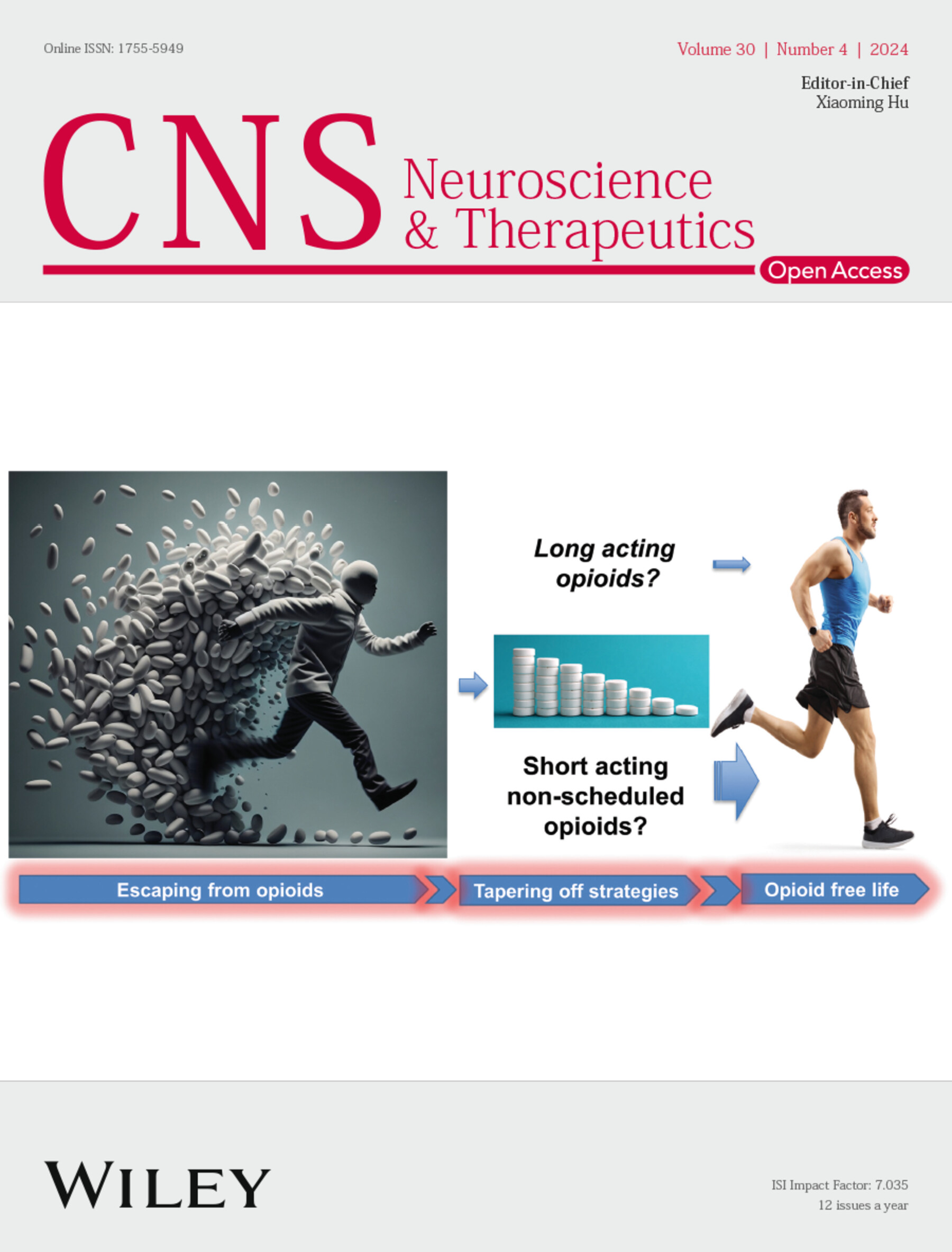Artificial Intelligence-Driven Hemodynamic Monitoring of Simulated Bruxism Using Functional Near-Infrared Spectroscopy: A Preliminary Study
Abstract
Background
Sleep-related and neuromuscular conditions affect the daily lives of individuals as they impact physical and cognitive well-being. While not classified as a disorder, bruxism has emerged as a prevalent condition characterized by involuntary teeth grinding and jaw clenching, occurring either during sleep or wakefulness. Often left unnoticed, this unconscious behavior can contribute to severe dental damage, facial muscle fatigue, and temporomandibular joint disorders. These consequences require early detection and intervention to prevent long-term complications. Traditionally, polysomnography (PSG) is widely used for bruxism assessments as it gives insights into the multimodal physiological data, but it lacks direct spatial mapping of neural regions involved in rhythmic masticatory muscular activity (RMMA) associated with bruxism.
Methodology
This research introduces functional Near Infrared Spectroscopy (fNIRS) as a neuroimaging tool to monitor cortical activity associated with RMMA, distinguishing bruxism from other masticatory activities. The data were acquired in a controlled simulated paradigm setup from 10 subjects in three trials via a 20-channeled optode setup of fNIRS placed over the motor cortex region. A total of 12 temporal and frequency domain features were optimized by employing techniques of feature selection, feature importance, and feature reduction. Furthermore, synthetic data augmentation techniques of Synthetic Minority Oversampling Technique (SMOTE), Synthetic Minority Oversampling Technique for Nominal features (SMOTEN), and Adaptive Synthetic sampling (ADASYN) were compared to five machine learning classifiers including k-Nearest Neighbors (kNN), Logistic Regression (LR), Naive Bayes (NB), Decision Tree (DT), and Random Forest (RF).
Results
The kNN outperformed in detecting simulated bruxism among other mandible joint movements with an accuracy of 92%.
Conclusion
The findings highlight the potential of fNIRS as a tool for identifying and distinguishing bruxism-like motor activities from other jaw movements, contributing to the timely management and detection of bruxism in future studies.


 求助内容:
求助内容: 应助结果提醒方式:
应助结果提醒方式:


